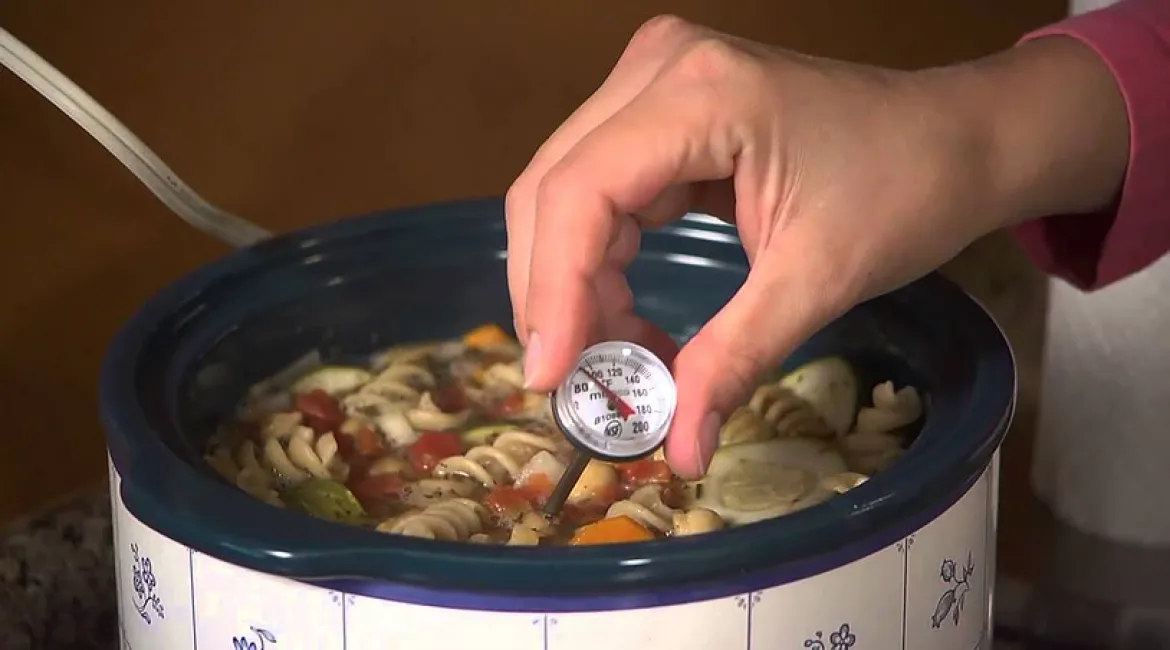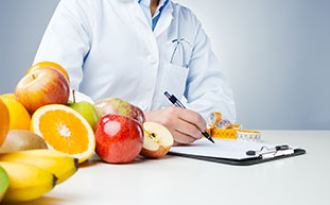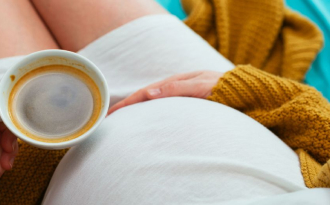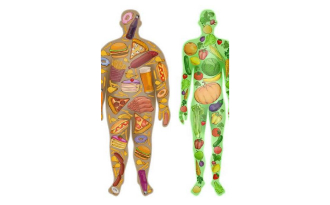Importance of temperature regulation for food safety

Food is the only thing that gives our body proper nutrition naturally. At the same point in time, a little amount of spoil food can cause health issues like nausea, vomiting, and gastrointestinal problems, etc.
Temperature plays a very important role during food preparation and storage. Improper storage, poor cooking process, unclean utensils, and poor handling contaminate food with harmful microorganisms like bacteria, parasites, etc. Raw foods like meat, fish, milk, eggs, etc. are a very common medium to contaminate the human body. High temperature can kill most harmful bacteria in food, which would otherwise grow very rapidly. Therefore, during cooking, temperature regulation is the most important part. Freezing or cooling can also help to control the growth of microorganisms.
Now, let us know about the ideal temperature for cooking and storage of food:
Let us first discuss DangerZone. 40°F (4.4°C) - 140°F (60°C), also known as the ‘Danger Zone’ because this is the ideal temperature for the rapid growth of bacteria. Therefore, it is very important to keep food out of this temperature zone.
1. Temperature for cooking:
-
For poultry, meat, and fish:
Some harmful bacteria like Salmonella, Listeria, E.coli, Campylobacter, etc. are present in raw meat and poultry, and, Salmonella spp. etc. are present in raw fish. These types of bacteria may cause nausea, vomiting, diarrhea and gastrointestinal problems. Therefore, the proper temperature during cooking is a good way to kill such bacteria.
The temperature of cooking meat, fish or poultry varies according to the item. It is also very important that these food items are properly cooked. One can use a thermometer to check the temperature for food safety.
Below I mention a chart about the temperature where you can see a suitable temperature for cooking of different types of food items (meat and fish):

-
For vegetables:
Cyclospora cayetanensis, Listeria monocylogenes, Salmonella spp. are very common microorganisms that are present in raw vegetables. These may cause diarrhea, nausea, vomiting, etc. These types of microorganisms are mostly killed by heating. Without proper cooking, it is better to avoid eating raw vegetables.
Different types of vegetables need different temperatures for cooking. Usually, 400°F - 450°F (204°C - 232°C) is needed to cook vegetables properly. Texture and color of vegetables also indicate whether cooking is done properly or not. Proper regulation of temperature is also important because too high a temperature during vegetable cooking may destroy some of their nutritional values.
Below I mention a chart where you can see how much temperature required cooking vegetables:

-
For milk:
Milk is a very important food in our diet, especially for children. Harmful bacteria like Salmonella, E.coli, Campylobacter, etc. are present in milk, especially in the raw form. If you take raw milk like cow milk, goat milk or buffalo milk directly from cow man you need to heat it until boiling at 100°C (212°F).
Due to poor packaging or handling etc. pasteurized milk also sometimes has a chance to contain some spore, bacteria, or parasite after pasteurization. Therefore, to avoid contamination, it is suggested to heat milk before drink.

2. Temperature for storage:
Cooling or freezing is important for the storage of food items in raw form or in cooked form. During cooling or freezing if the temperature is maintained properly, it helps to store food items for a longer time. Some harmful bacteria may be alive in cooling conditions but proper cooling temperature can control their growth and activities.
-
Freezer:
Raw food items like meat, fish or some packaged foods can be stored in the freezer. The temperature of the freezer should be 0°F (-18°C) or below. The good quality of most of the raw foods can be maintained at the freezing conditions for 2-3 months. For packaged food, the date and temperature as mentioned in the level should be followed.
-
Refrigerator:
Raw vegetables, fruits, cooked foods can be stored in the refrigerator for maintaining their shelf life as well as to control the rapid growth of bacteria. The temperature of the refrigerator should be or below 40°F (4°C). The ideal temperature for raw vegetables and fruits should be between 34°F - 40°F (1°C - 4°C). Raw vegetables can be stored properly in the refrigerator for up to one week. Fruits’ shelf life is also 5-7 days, but ripped fruits need to be eaten as early as possible.
Cooked meat, fish or vegetables can also be stored in the refrigerator for 3-5 days. If cooked items are stored for a long time it may lose taste, flavor and most of the important nutritional effects. The ideal temperature for storing cooked food items is also at or below 40°F (4°C).

These are the guidelines about the temperature that helps you to maintain your food safety. The use of a thermometer is suggested to avoid confusion about the temperature of the stored food, as well as during cooking.
References:












0 Comments